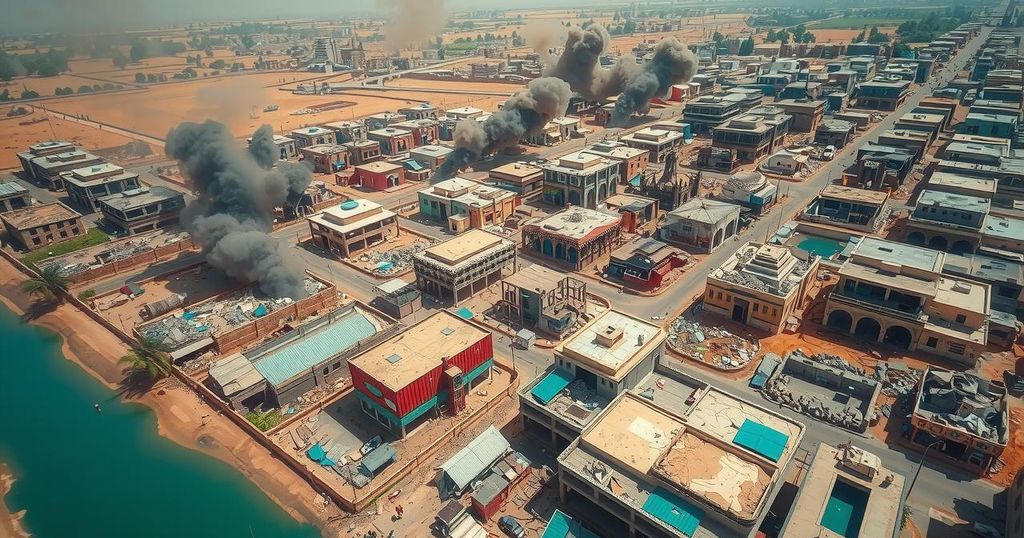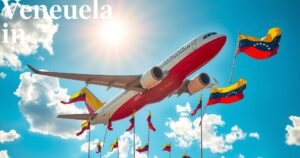Recent Developments in Sudan’s Civil War: A Shift in Khartoum Dynamics

The Sudanese Armed Forces have achieved critical victories against the Rapid Support Forces in Khartoum, including recapturing strategic locations. However, the underlying conflict remains entrenched, and the humanitarian crisis continues to escalate. With over 12 million displaced and severe food shortages affecting millions, the potential for partition looms, while neither side shows readiness to compromise in negotiations.
The ongoing civil war in Sudan has seen significant developments as the Sudanese Armed Forces (SAF) have achieved major victories against the Rapid Support Forces (RSF) in Khartoum, signaling potential shifts in the conflict that has persisted for nearly two years. These recent gains, including the recapture of the airport and the presidential palace, are pivotal for the SAF, which seeks to consolidate control and improve its standing both domestically and internationally.
With the SAF declaring Khartoum “free,” the retaking of the airport eliminates the RSF’s strategic asset used for logistical support and propaganda. This reclaiming of territory transforms the battlefield dynamics and may influence how regional leaders perceive the conflict. The SAF’s superiority in the capital could provide leverage in future peace negotiations, despite its reluctance to engage in talks thus far.
Although the army has made substantial progress, the root causes of the civil war remain unresolved, particularly the conflict between the SAF and RSF regarding the integration of paramilitary forces into the national army. Ongoing fighting continues across various regions, including Darfur and Kordofan, with both sides engaged in fierce confrontations that have exacerbated the humanitarian crisis, resulting in extensive civilian casualties and displacement.
The humanitarian situation is dire, with over 12 million displaced individuals and severe food shortages affecting nearly 25 million people, pushing many close to starvation. Ongoing violence disrupts aid delivery, leading to blockades imposed by both factions, and significant agricultural disruption threatens food production and health services.
Political experts have raised alarms about the potential partitioning of Sudan, drawing parallels to South Sudan’s secession in 2011. The RSF recently initiated a founding charter for a breakaway government, heightening concerns from the international community regarding the stability of Sudan. In the immediate future, a war of attrition seems most plausible, with negotiations unlikely as both sides maintain rigid positions, complicating the path toward peace.
In summary, the latest developments in Sudan’s civil war reveal significant military victories for the Sudanese Armed Forces, potentially altering the conflict dynamics. However, the deep-rooted issues remain unresolved, continuing to fuel extensive violence and a worsening humanitarian crisis. The international community watches closely, understanding that the potential for partition and further conflict looms if a comprehensive peace settlement is not achieved. Until both factions indicate a willingness to compromise, hopes for an immediate ceasefire appear dim.
Original Source: www.aljazeera.com








